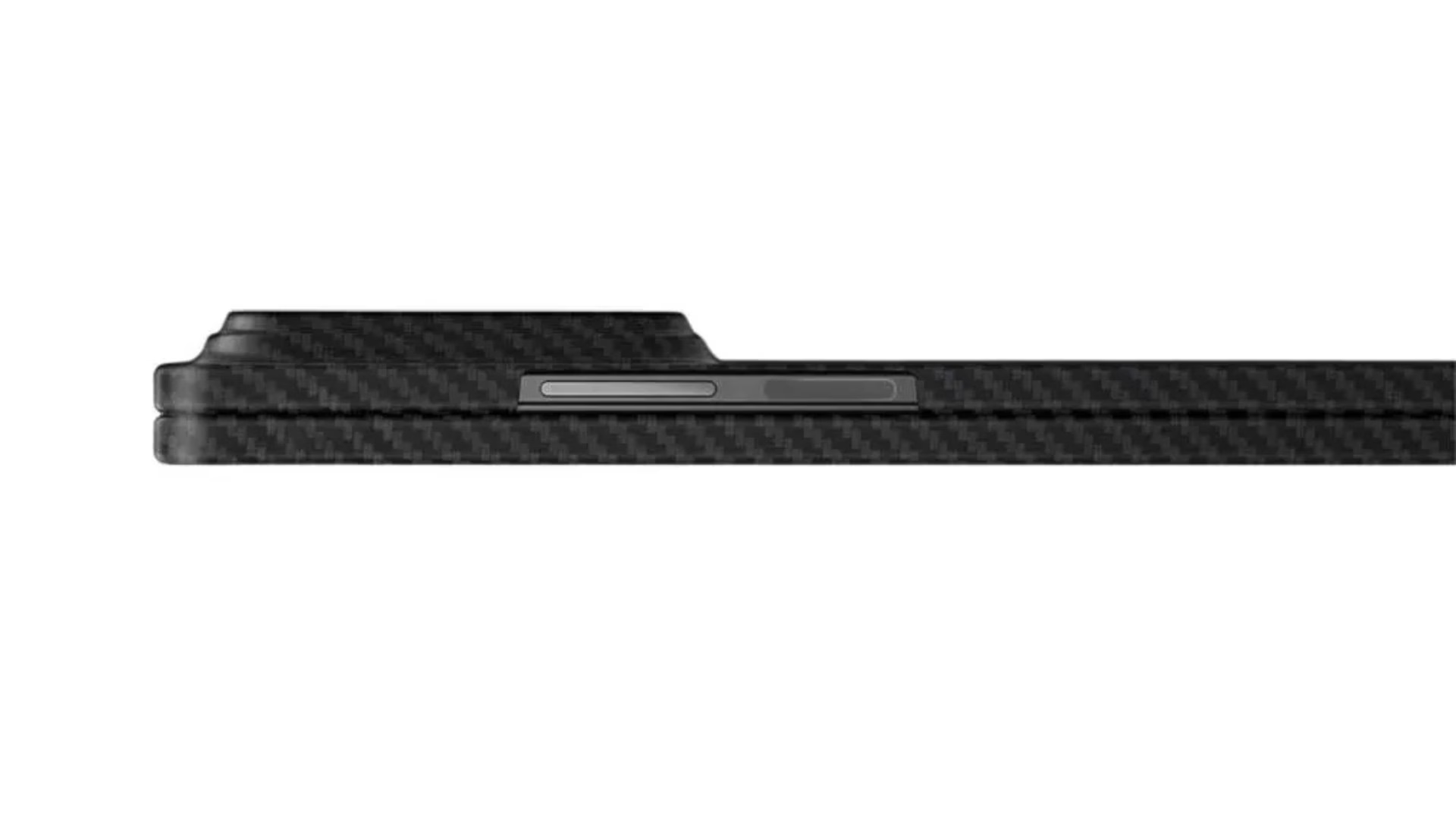Galaxy Z Fold 7: A Slim Profile with a Prominent Camera Bump
It seems like every year, the smartphone industry plays a delicate balancing act. On one hand, we crave devices that are sleek, almost impossibly thin, and disappear into our pockets. On the other, we demand cutting-edge camera technology that can rival professional gear. With the upcoming Samsung Galaxy Z Fold 7, it appears we're seeing this tension play out in real-time, as recent leaks suggest a device that's set to be the world's thinnest foldable, yet sports a rather significant camera bump . It's a fascinating compromise, isn't it?
The Latest Leaks and What They Tell Us
The tech world has been abuzz with whispers and concrete reports about the Galaxy Z Fold 7, and the consensus is clear: Samsung is pushing the boundaries of thinness. SamMobile, a reliable source for all things Samsung, reported just recently, on June 16, 2025, that the Z Fold 7 is indeed poised to claim the title of the thinnest foldable smartphone globally . That's a pretty big deal, especially for a device that folds in half.
But here's the kicker, and it's a detail that's been consistently highlighted across multiple reputable outlets: this svelte new form factor comes with a trade-off. A substantial camera bump. The Shortcut published a leak on June 14, 2025, showcasing this very feature . And before that, 9to5Google chimed in on June 13, 2025, with early indications of a "massive" camera bump despite the thin profile . Android Central even reported on leaked promotional materials and case designs that further corroborate this increased camera housing . It's not just one source; it's a chorus. This cross-verification across SamMobile, The Shortcut, 9to5Google, and Android Central really lends credibility to these reports .
The Engineering Conundrum: Why the Bump?
So, why the big bump? It's not just for show, I assure you. This isn't some arbitrary design choice. The size of a camera module is often directly proportional to the quality of the optics and sensor it houses. To achieve truly impressive photographic capabilities – think better low-light performance, higher resolution, advanced zoom, or larger sensors – you need space. And in a device as thin as the Z Fold 7 is rumored to be, that space simply isn't available within the main chassis.
This is a classic engineering dilemma: how do you integrate powerful components into an increasingly compact form factor? The camera bump becomes a necessary protrusion, a physical manifestation of Samsung's commitment to enhancing the Z Fold 7's photographic prowess . It suggests they're not just aiming for a thin phone; they're aiming for a thin phone that doesn't skimp on one of the most critical features for modern users. We've seen this trend across the industry, where flagship phones, foldable or not, often feature prominent camera arrays. It's a sign of the times, really.
Consumer Perception and Market Implications
How will consumers react to this design choice? That's the million-dollar question, isn't it? On one hand, the allure of the "world's thinnest foldable" is undeniable. For those who find current foldables a bit too chunky, this could be a game-changer, making the device feel more like a traditional smartphone when folded, and less like a brick. Portability and sleekness are huge selling points, especially in markets like South Korea and parts of Europe where foldables are gaining significant traction .
However, the camera bump is a point of contention. I've seen plenty of chatter on platforms like X (formerly Twitter), with some users expressing excitement about the slimness, while others are humorously, or perhaps exasperatedly, remarking on the bump's size . Some might see it as an aesthetic compromise, potentially affecting sales among those who prioritize a perfectly flush design. But for photography enthusiasts, the promise of enhanced camera technology might easily outweigh the visual impact of the bump. It's a balancing act, and Samsung is betting that the improved camera experience will win out.
Looking Ahead: Samsung's Foldable Strategy
This design decision for the Galaxy Z Fold 7 represents a clear strategic choice by Samsung. Compared to previous models, like the Galaxy Z Fold 6, the Z Fold 7 continues the trajectory of slimming down, but the larger camera bump marks a notable shift in design priorities . It signals that Samsung is not just focused on making foldables thinner, but also on ensuring they remain competitive in the fiercely contested smartphone camera arena.
It's a calculated risk, certainly. Will the market embrace a super-thin foldable with a noticeable hump, or will the bump be a deal-breaker for some? Only time will tell. But one thing is for sure: Samsung is pushing the envelope, trying to deliver both cutting-edge form factor innovation and top-tier functionality. And that, my friends, is what keeps the tech world interesting.
